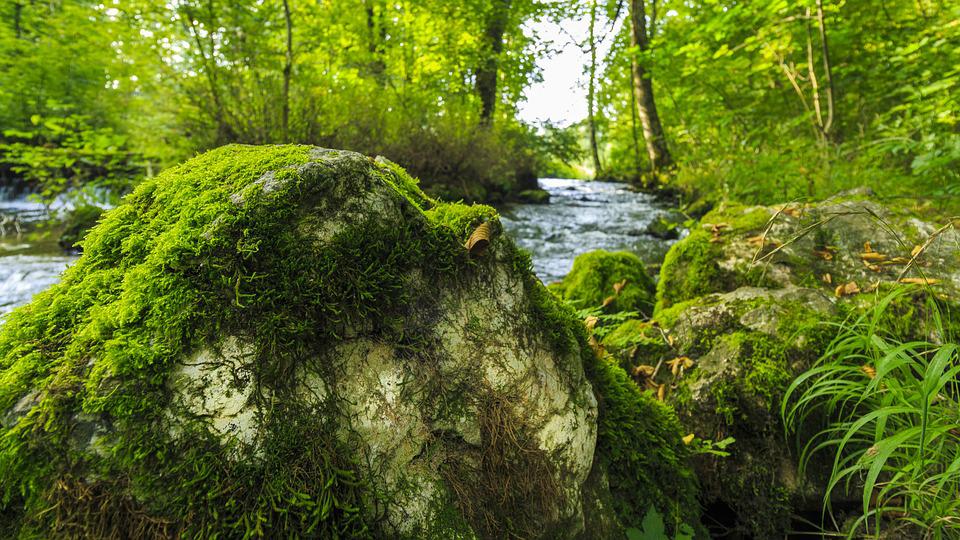
Biosequestration, or biological sequestration, is a natural process of capturing carbon dioxide from the atmosphere by plants and microorganisms and storing it in vegetative biomass.
The Intergovernmental Panel on Climate Change urges reforestation and forest conservation to enhance biosequestration and thereby help mitigate global warming.
Capturing and processing carbon dioxide is in fact a natural end result of photosynthesis, a process taking place in every green plant and in algae and that is vital for life on Earth. Supporting or even enhancing this process could possibly lead to diminishing the amount of greenhouse gases in the atmosphere and slow global warming. This activity can be supported today by reforestation, sustainable forest management, and even by developing and growing certain genetically modified plants or algae. Carbon-rich vegetation and especially algae may be developed as significant sources of bio-fuel. Places where carbon sequestration takes place, such as soil, grasslands, forests and oceans, can be termed carbon sinks if the amounts of carbon they absorb exceed the amounts of carbon they release. When excessive amounts of carbon dioxide are dissolved in seawater, however, this contributes to making the oceans increasingly acidic.
Biosekvestrace nebo také biologická sekvestrace je přírodní proces zachytávání atmosférického oxidu uhličitého rostlinami a mikroorganismy a uchovávání ho ve rostlinné biomase.
Mezinárodní panel pro klimatickou změnu nabádá k zalesňování a ochraně lesů na podporu biosekvestrace, což by pomohlo zmírnit globální oteplování.
Zachytávání a zpracovávání oxidu uhličitého je ve skutečnosti běžný výsledek fotosyntézy, což je proces probíhající v každé zelené rostlině a v řasách a je pro život na Zemi zásadní. Podpora či dokonce posilování tohoto procesu by mohlo vést k snižování skleníkových plynů v atmosféře a zpomalit globálního oteplování. Tento proces je dnes možné podpořit zalesňováním, udržitelnou péčí o lesy, a dokonce vytvořením a pěstováním geneticky modifikovaných rostlin a řas. Rostliny, a především řasy bohaté na oxid uhličitý, by možná mohly být přetvořeny na důležitý zdroj biopaliva. Oblastem, ve kterým biosekvestrace probíhá, jako jsou půda, travnaté planiny, lesy a oceány, se nazývají úložiště uhlíku, a to v případě, kdy množství pohlceného oxidu uhličitého přesahuje množství uvolněného. Nicméně pokud se v mořské vodě rozptýlí oxidu uhličitého příliš, přispívá k okyselování oceánů.
English Editorial Services’ mission is to assist international businesses and organizations of all sizes to communicate clearly, correctly, and persuasively with their business partners and target audiences.
Simply subscribe to receive our Business Term of the Day at no charge to your inbox each business day, with explanation in English and Czech.



English Editorial Services’ mission is to assist international businesses and organizations of all sizes to communicate clearly, correctly, and persuasively with their business partners and target audiences.
Simply subscribe to receive our Business Term of the Day at no charge to your inbox each business day, with explanation in English and Czech.

